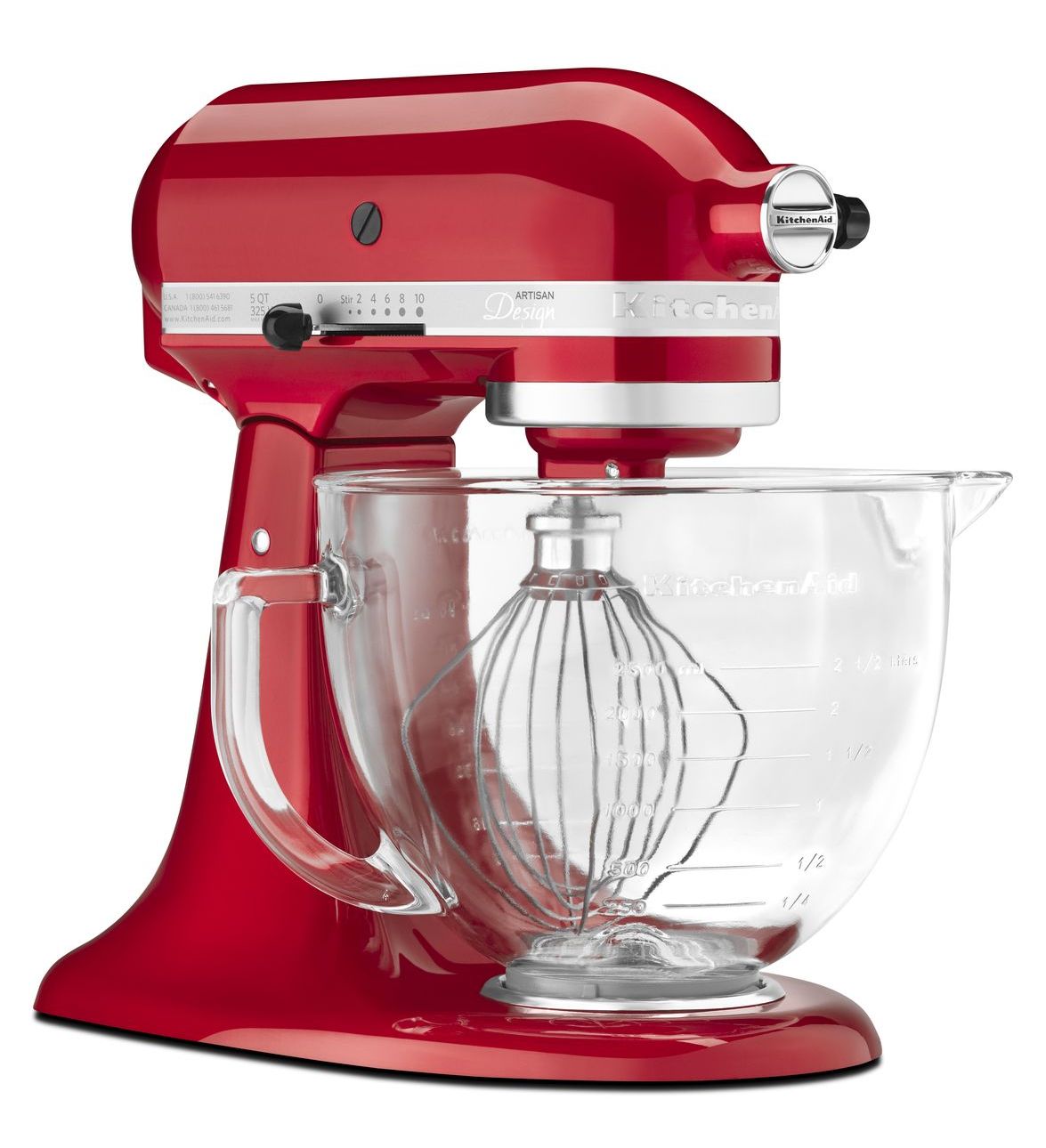We Offer Lowest Price On Fire Extinguishers.
DETAILS
DESCRIPTION
A First Alert fire extinguisher may be the first line of defense in case of a fire in your home, boat, car or business. With proper care, caution and preparation, many accidents can be prevented. Sometimes all you can do is minimize damage or injury by preparing properly and having the right fire extinguisher on hand. If a fire should start in your home, car, boat or other property, be prepared with the right type of fire extinguisher from First Alert!
Highlights:
- containing 5 pounds of monoammonium phosphate dry chemical fire extinguishing agent. Commercial grade metal valve and trigger.
- For use in home offices, small businesses, and light industrial manufacturing applications.
- Effective against fires involving paper, wood, textiles and plastics as well as flammable liquid and electrical fires. With large color coded pressure gauge.
- 16" height x 4.6" diameter.
- Includes Orgill SKU 4269569, 5 lb. steel bracket with corrosion-resistant finish and stainless steel straps.
- United States Coast Guard approved.
- 2.5" width x 8.3" height.
Fire Extinguisher Classifications:
It’s important to understand how fire extinguishers are classified in order to choose the correct model. First Alert offers a wide range of residential, marine, commercial, and automotive fire extinguishers. The classifications are categorized by A-B-C or a combination of the three.
- Class A: Fire extinguishers with a Class A rating are effective against fires involving paper, wood, textiles, and plastics. The primary chemical used to fight these fires is monoammonium phosphate, because of its ability to smother fires in these types of materials.
- Class B: Fire extinguishers with a Class B rating are effective against flammable liquid fires. These can be fires where cooking liquids, oil, gasoline, kerosene, or paint have become ignited. Two commonly used chemicals are effective in fighting these types of fires. Monoammonium phosphate effectively smothers the fire, while sodium bicarbonate induces a chemical reaction which extinguishes the fire.
- Class C: Fire extinguishers with a Class C rating are suitable for fires in “live” electrical equipment. Both monoammonium phosphate and sodium bicarbonate are commonly used to fight this type of fire because of their nonconductive properties.









